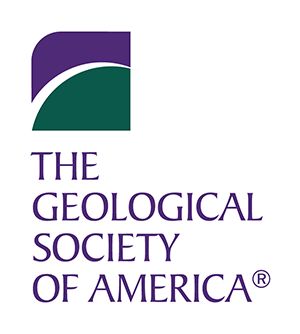Del Vecchio et al., 2018
Record of coupled hillslope and channel response to Pleistocene erosion and deposition in a sandstone headwater valley, central Pennsylvania
Del Vecchio, J., DiBiase, R.A., Denn, A.R., Bierman, P.R., Caffee, M.W., and Zimmerman, S.R. (2018)
Geological Society of America Bulletin November/December, vol 130, no. 11/12, p. 1903–1917
-
Shale Hills, GRAD STUDENT
-
Shale Hills, INVESTIGATOR
-
Shale Hills, GRAD STUDENT
-
Shale Hills, INVESTIGATOR
Abstract
We sought to understand the time scale, mechanisms, and extent of landscape modification in unglaciated central Pennsylvania by studying sediment moving through and stored in a sandstone headwater valley. In this landscape, the timing and extent of landscape modification are poorly constrained, and it is unclear whether, and how much, periglacial processes drive landscape evolution during cold glacial periods. Our investigation pairs geomorphic mapping with in situ cosmogenic 10Be and 26Al measurements of surface material and buried clasts to estimate the residence time and depositional history of colluvium within Garner Run, a 1 km2 headwater valley in the central Appalachian Mountains containing relict Pleistocene periglacial features, including solifluction lobes, boulder fields, and thick colluvial toe-slope deposits. The preservation of periglacial landforms into the present interglacial suggests active hillslope sediment transport in cold climates followed by only limited modification in the Holocene. The 10Be concentrations of stream sediment and hillslope regolith indicate slow erosion rates (6.6 ± 0.6 m m.y.−1) over the past ∼100 k.y. From 26Al/10Be burial dating of valley-bottom deposits recovered from a 9 m drill core, we infer two pulses of deposition since 340 ± 80 ka, a record that spans at least three glacial terminations and implies limited removal of valley-bottom deposits during interglacial periods. The age of valley-bottom sediment is consistent with independent calculations determined from valley-fill volume estimates, total hillslope contributing area, and the catchment-average erosion rate integrated over multiple climate cycles. We conclude that outside of the Last Glacial Maximum ice margin, landscapes in the central Valley and Ridge physiographic province of eastern North America have experienced extensive periglacial landscape modification. Our study suggests that sandstone headwater valleys preserve soils and thick colluvial deposits that present opportunities for direct examination of the rates and dates of climate-modulated hillslope processes.
Citation
Del Vecchio, J., DiBiase, R.A., Denn, A.R., Bierman, P.R., Caffee, M.W., and Zimmerman, S.R. (2018): Record of coupled hillslope and channel response to Pleistocene erosion and deposition in a sandstone headwater valley, central Pennsylvania. Geological Society of America Bulletin November/December, vol 130, no. 11/12, p. 1903–1917. DOI: 10.1130/B31912.1
 This Paper/Book acknowledges NSF CZO grant support.
This Paper/Book acknowledges NSF CZO grant support.
Explore Further





